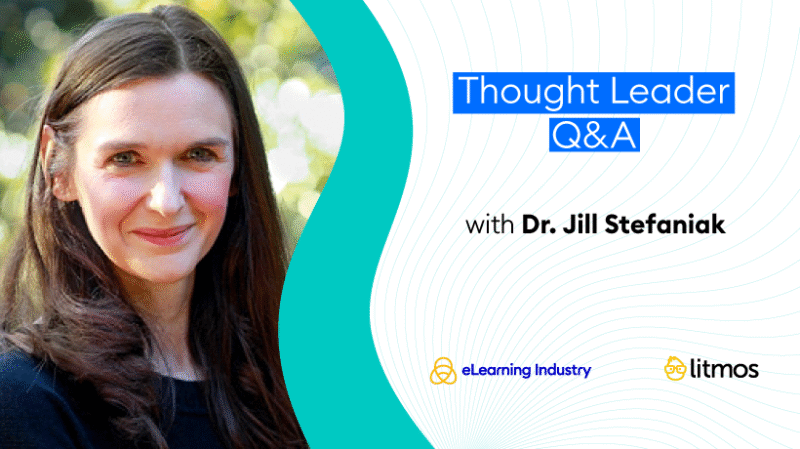
Carrying out ADDIE For A Lot More Impactful Training
Dr. Jill Stefaniak is the Principal Knowing Police Officer at Litmos Her rate of interests concentrate on the development of L&D specialists and Instructional Design choice production. Today, she consults with us concerning applying the ADDIE framework, L&D requires analysis, and training assessment.
Why is the ADDIE framework still so pertinent today, and how does needs evaluation and evaluation match the process?
I such as to think of analysis and assessment as the bookends to the ADDIE structure. They both supply the infrastructure needed to sustain training. While they are 2 distinct phases of ADDIE, they are interconnected since both stages concentrate on improving understanding and efficiency.
A requirements assessment is commonly conducted at the beginning of a layout job to determine spaces in between current and desired understanding, abilities, and efficiency. By methodically collecting information from learners, stakeholders, and organizational contexts, L&D experts can identify where interventions are needed and focus on knowing. Essentially, an extensive demands assessment provides a standard versus which the effectiveness of instructional treatments can be later gauged.
Examination feeds back right into the needs evaluation process by assessing whether the designed guideline is satisfying its desired function. The insights acquired from examination can identify formerly unknown or spotted spaces in efficiency or evolving student demands. This prompts a brand-new cycle of needs evaluation and refinement. Demands assessment and assessment create a continuous responses loop where assessment notifies style and assessment determines its impact. Assessment reveals brand-new demands, making sure training remains relevant and reliable.
Based on your experience, what’s the most common blunder that L&D professionals make when executing ADDIE?
I believe there are 2 common errors that L&D experts make:
- They rush (or miss altogether) the analysis phase. They have a tendency to jump right into making material without asking the vital concerns to recognize the nuanced demands of the discovering audience. They also often tend to take a look at analysis as simply student analysis and miss out on the chance to collect vital info that can have a major effect on training outcomes.
- An additional typical mistake is treating ADDIE purely as a direct process. While L&D professionals are expected to progress with the structure sequentially, it is necessary that they be flexible and versatile throughout the layout procedure. This means taking another look at various phases of the design procedure as new info emerges. An effective L&D job is one that accepts ideation and version. Prototyping, taking another look at phases to make sure there’s needed alignment between training demands, material, and evaluative metrics, are critical to making sure the content designed is satisfying the organization’s designated end results.
Exactly how can L&D teams better understand the needs of their learners by focusing extra on energy, importance, and value when performing demands assessments?
When L&D groups concentrate on utility, importance, and worth in their needs assessments, they obtain a more clear image of what absolutely matters to learners in their company. Energy guarantees that training addresses practical skills learners can promptly use in their roles. Significance connects learning directly to work obligations and profession goals. By taking a look at value, teams determine which finding out chances will certainly have the greatest influence on both student involvement and business results. This eventually results in the growth of more reliable and targeted L&D programs.
What is one of your standout success stories that entailed the ADDIE framework?
Our L&D group at Litmos created Litmos University to supply targeted training to support our clients. We began with a requirements evaluation to much better recognize where students were struggling and what abilities were most critical. That input formed the style and guaranteed we focused on the appropriate material from the beginning. With development, we shared design records, prototypes, gathered feedback, and made iterative enhancements. The result is a collection obviously that really felt pertinent to students and revealed clear improvement in both engagement and performance.
Do you have a forthcoming occasion, launch, or other effort that you would certainly like our readers to know about?
I’ll be holding a webinar on October 9 with Dr. Stephanie Moore, Associate Professor at the College of New Mexico, that discovers the most significant challenges of AI-generated discovering, consisting of enhancing stereotypes, fueling the “learning designs” myth, and creating vague or ineffective objectives. It’ll cover sensible methods for composing quantifiable goals, setting ethical guardrails, and guaranteeing your training remains diverse, accessible, and based in study. You can register for it below
Concluding
Thanks so much to Dr. Jill Stefaniak for sharing her valuable understandings and experience with us. If you ‘d like to find out more regarding developing reliable and engaging training, you can look into her article on the Litmos blog, which highlights 4 questions L&D groups can ask to scale their demands analysis.